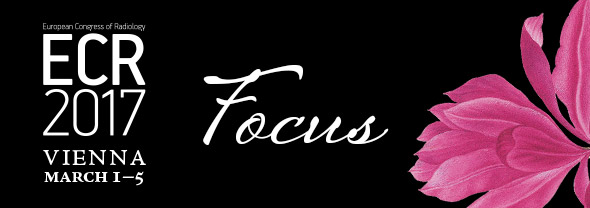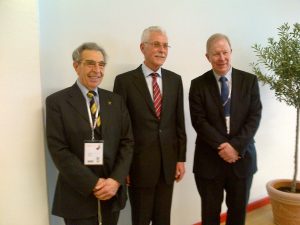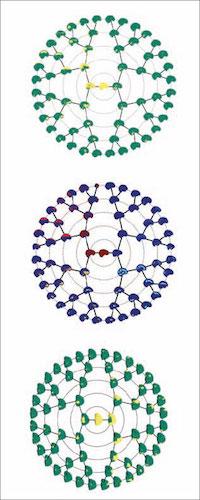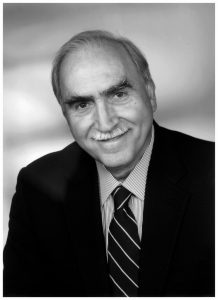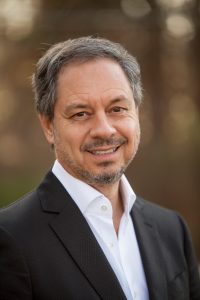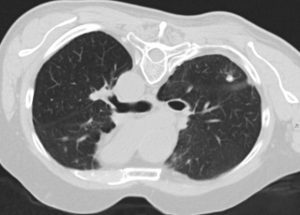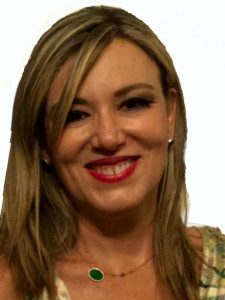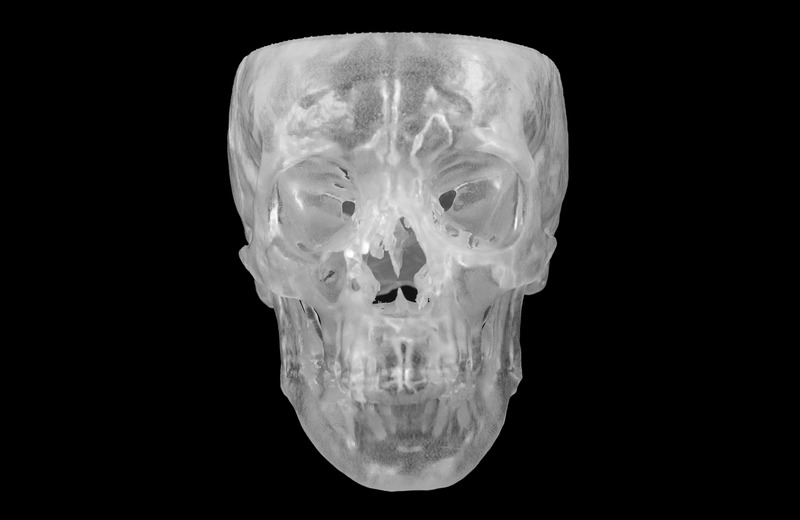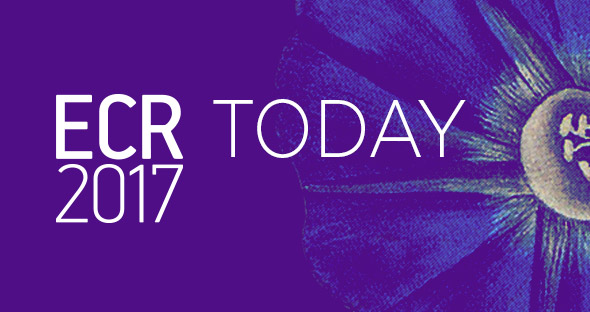
An exclusive interview with the incoming ESR President
ECR Today spoke with the incoming ESR President, Prof. Bernd Hamm, from Berlin, Germany, to learn about his ideas for next year’s congress.
ECR Today: You were already ECR Congress President in 2015. How did you come to be president again in 2018?
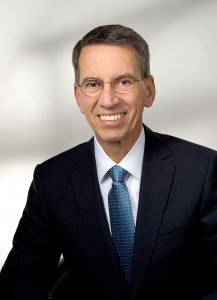
Bernd Hamm is professor of radiology and chairman of all three merged departments of radiology at the Charité, Humboldt-Universität zu Berlin and Freie Universität (Campus Mitte, Campus Virchow-Klinikum, and Campus Benjamin Franklin). He is also clinical director of the Charité Center, which includes radiology, neuroradiology, nuclear medicine and medical physics.
Bernd Hamm: This is not the first time that I have been asked: “why are you president again?” It was a great pleasure and responsibility to be the ECR President in 2015. For many years, we had two presidents – one to manage the affairs of the European Society of Radiology (ESR) and another to organise the society’s annual congress (ECR). And frankly, in my opinion this was a good division of labour. However, “the times they are a changin’ …” and, therefore, our society changed its statutes, and now we only have one president, who is both President of the ECR and President of the ESR.
This new combined ESR/ECR President begins his or her term of office at the end of each ECR by organising and chairing the next ECR and then the following year, as Chairman of the Board, focuses on professional and administrative business of the ESR. For me, this means a double honour and double responsibility. When I was elected to be the congress president for ECR 2015, I made a great effort to make the ECR a success and I will do my best to make ECR 2018 a success too.
However, I wish to underline that the ECR is a team effort and that the Programme Planning Committee with its brilliant members is a major asset in compiling an attractive scientific programme and that the organisation of a congress like the ECR is not possible without the highly professional staff of the ESR Office. Working together with many colleagues from many countries and different fields of radiology is very inspiring and is what ultimately underlies an attractive congress. This joint effort is rewarding and enlightening.
ECRT: As a motto for ECR 2018 you chose ‘Diverse and United’. Could you tell us a little about this?
BH: Radiology is such a diverse specialty, ranging from more and more refined diagnostic options to image-guided minimally invasive treatment options. Our specialty has something to offer for all of us and also for future generations of physicians, radiographers and students. However, like in a mosaic, it is the connection of all the pieces that create the big picture. By using this metaphor I wish to express my sincere wish and hope that, despite these different and interesting facets and subspecialties, radiologists should see themselves as a community and join forces to strengthen our specialty in the best interest of our patients.
In 2015 we also had a motto – ‘Radiology without borders’. In the beginning of 2015, none of us would have expected to see new fences being erected in Europe and borders becoming important once again. In view of these tendencies, it is even more important for our scientific community to practice radiology without borders and to advance our specialty through free academic discourse and by benefiting from a diversity of ideas.
Read more…
